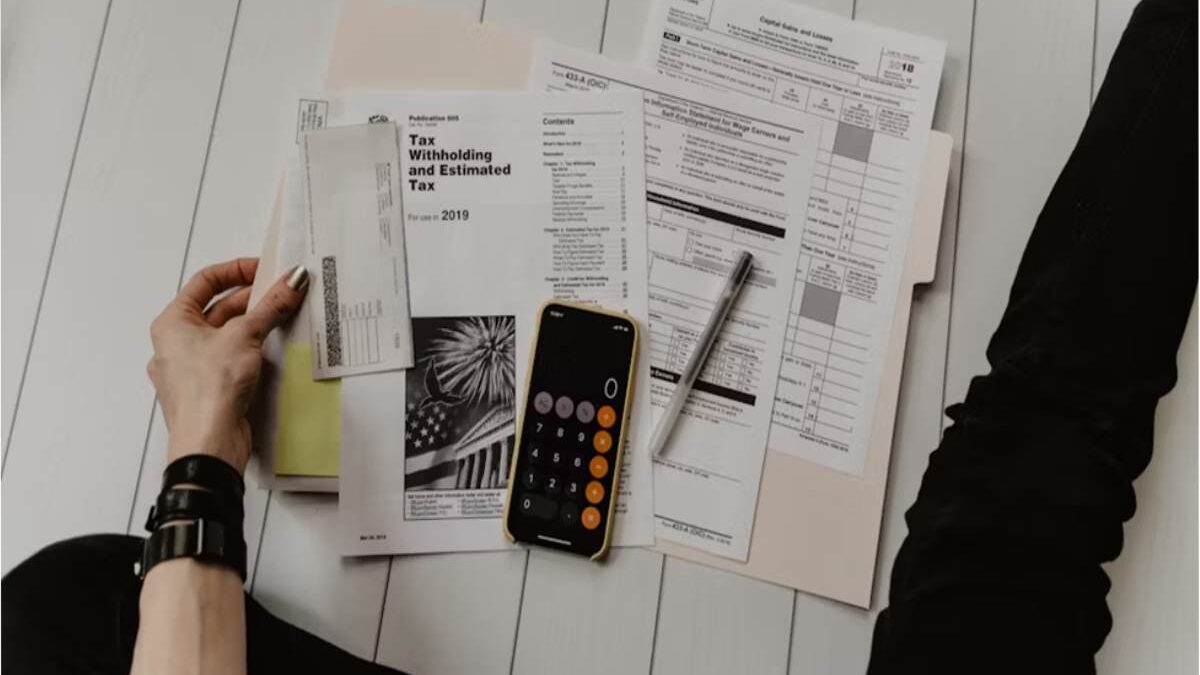Financial setbacks can strike unexpectedly, whether due to job loss, medical bills, or inflation-driven expenses. In 2025, many Americans are still recovering from the economic ripple effects of recent years. Fortunately, there are more resources than ever to help individuals regain control and rebuild financial stability. From budgeting tools to Fresh Start tax forgiveness guidelines, navigating recovery is possible with the proper steps and support.
Table of Contents
Understanding the New Financial Landscape
The financial reality in 2025 is shaped by rising living costs, increasing credit card debt, and the lingering pressure of tax obligations. For those who experienced layoffs, downsizing, or lost income from freelance work, the aftermath can feel overwhelming. The first step in rebounding is to recognize the shift and take a clear, honest inventory of your current financial situation.
Many people delay facing the numbers, but creating a comprehensive overview of income, expenses, debt, and assets is essential. Apps like Mint and YNAB (You Need a Budget), as well as simple spreadsheets, are helpful tools in regaining clarity. Once you understand where your money is going, you can start creating a roadmap to get back on track.
Prioritizing and Tackling Debt
Debt tends to snowball when left unchecked. Whether it’s unpaid credit card bills or back taxes, ignoring it only increases the burden. For those who owe the IRS, help is available. The Fresh Start tax forgiveness guidelines provide a path forward for taxpayers struggling to meet their obligations. The program enables qualified individuals to settle their tax debt through payment plans or reduced amounts, making it easier to stay compliant without incurring excessive penalties.
Meanwhile, for other forms of debt, contacting creditors to discuss hardship programs or consolidation options is worthwhile. Many institutions are more flexible than people realize, especially when communication is proactive. Reducing interest rates or combining payments can create breathing room in your monthly budget and also offer psychological relief.
Building a Practical, Sustainable Budget
Once immediate debt concerns are addressed, the next step is to create a budget that reflects your new financial reality. This isn’t about cutting out every joy in life—it’s about being intentional with your spending. Start by securing your essentials: housing, food, utilities, and transportation. From there, identify areas where spending can be adjusted, such as subscriptions, dining out, or impulse purchases.
In 2025, digital tools can automate this process. Many platforms automatically categorize expenses and send alerts when you’re nearing your limits. Creating buffer funds—small savings reserved for emergencies—helps reduce the risk of future setbacks. Even saving just $20 a week can build a small safety net over time.
Leveraging Professional Support
It’s easy to feel isolated during financial recovery, but professional support is more accessible than ever. Nonprofit credit counseling agencies, local community centers, and legal advocacy organizations can offer guidance. For example, tax professionals who specialize in IRS relief programs can evaluate your situation and help you apply for initiatives like the Fresh Start Program.
There’s also an increasing trend toward financial therapy, where licensed counselors help clients explore the emotional aspects of money. Shame, anxiety, or even denial can keep people stuck in financial hardship. Talking openly with someone trained to address both the numbers and the feelings behind them can be transformative.
Staying Motivated Through Small Wins
Recovery rarely happens overnight, and progress isn’t always linear. That’s why celebrating small victories—no matter how minor they seem—is essential to staying motivated. Paying off a single credit card, setting aside your first emergency savings deposit, or simply sticking to a budget for a month are all milestones worth acknowledging.
In 2025, many people are rebuilding from scratch, and the road can feel long. But every step forward, however small, moves you closer to a more stable and empowered financial future. Staying consistent, informed, and supported is what makes the difference between surviving and thriving after a setback.
Programs That Make a Difference
Aside from the Fresh Start tax forgiveness guidelines, several programs and resources are available to assist individuals on their road to recovery. Government-sponsored aid, such as SNAP, housing vouchers, or utility relief programs, is a lifeline for those rebuilding after financial hardship. Additionally, gig platforms like Upwork, TaskRabbit, or Fiverr offer flexible ways to boost income when full-time employment is not yet an option.
For student loan borrowers, 2025 has seen a surge in income-driven repayment plans and forgiveness options. It’s crucial to review your eligibility and take advantage of these offerings before interest and penalties accumulate further.
Conclusion
Financial setbacks are part of life, but with the right tools, mindset, and support, recovery is achievable. In 2025, individuals will have more access to personalized programs, tech-driven budgeting tools, and legal options like the Fresh Start tax forgiveness guidelines to help them get back on track. Whether you’re facing tax debt, credit overload, or simply a loss of income, remember that your financial future is still within reach. Step by step, with clarity and commitment, you can bounce back stronger than before.

